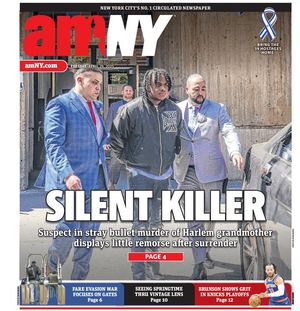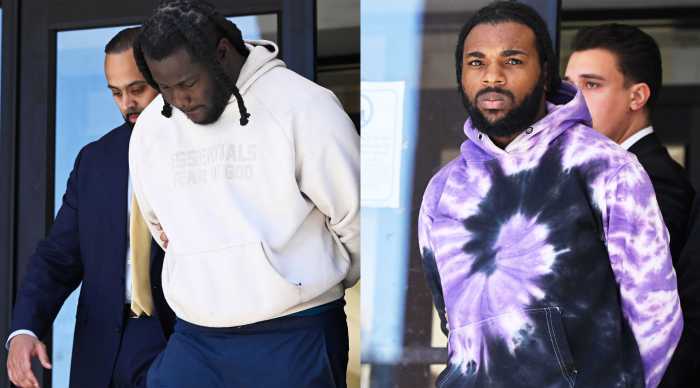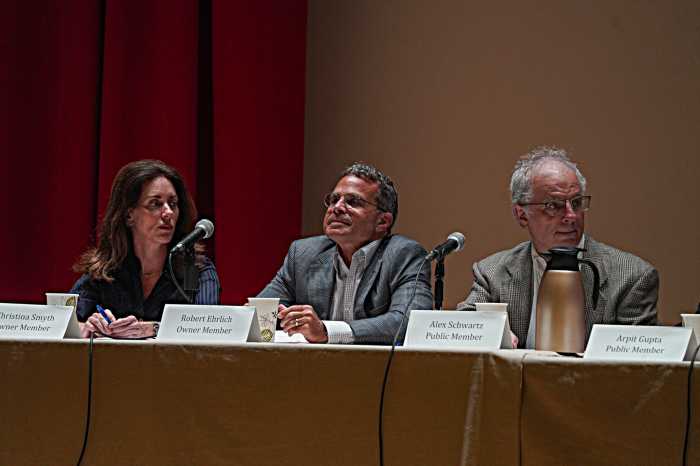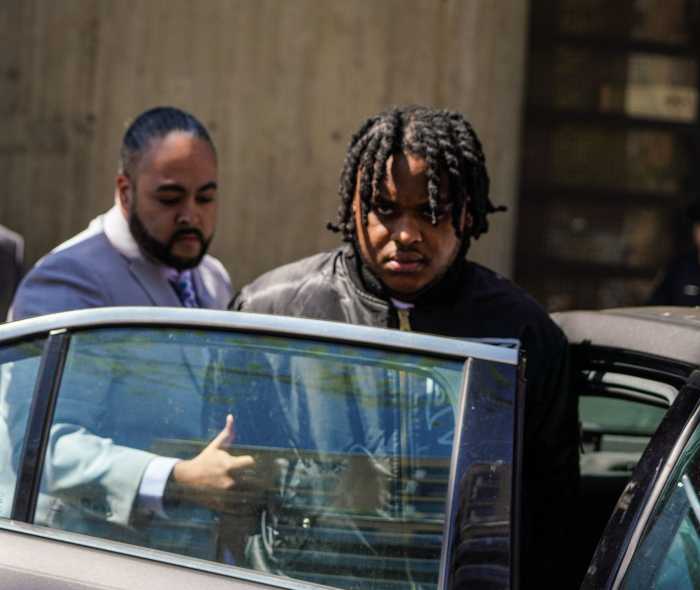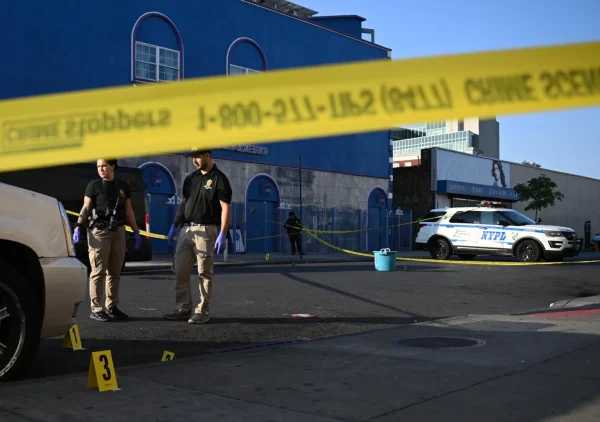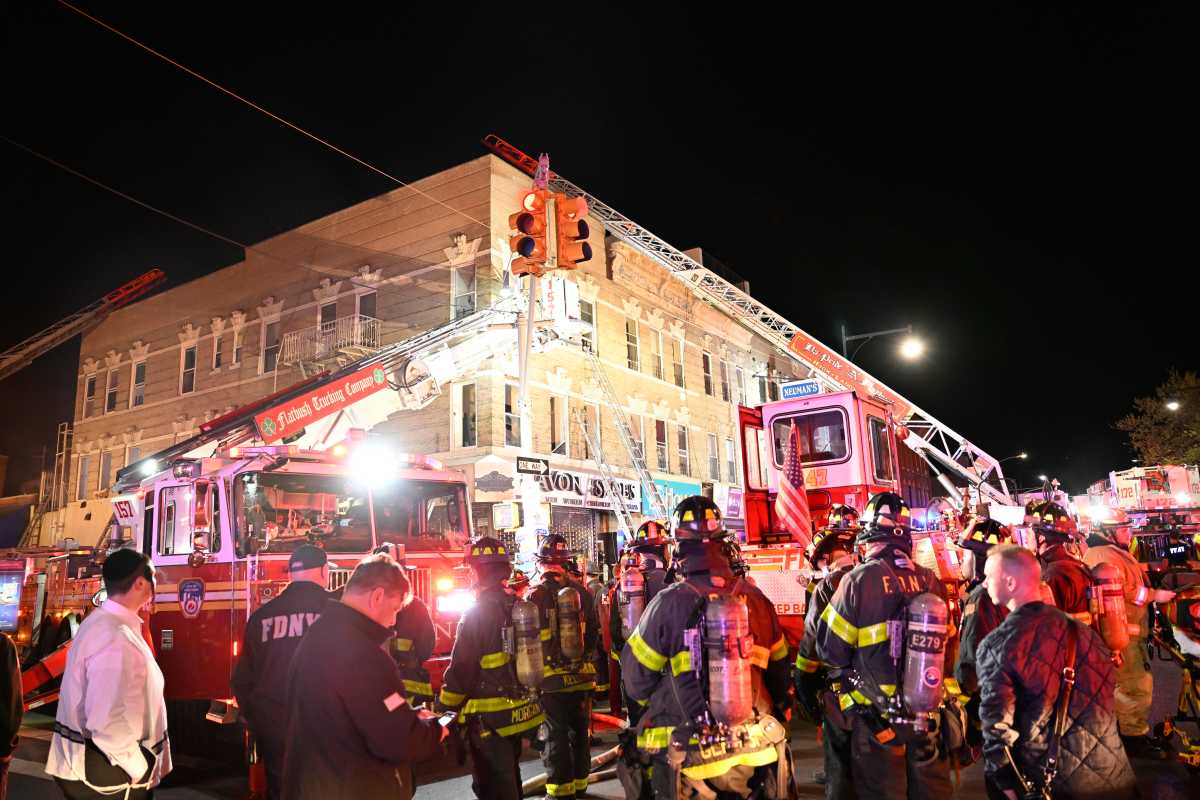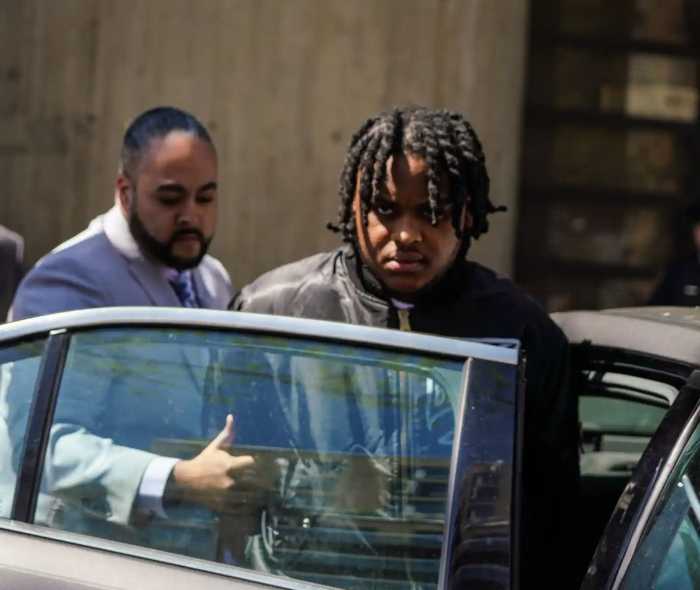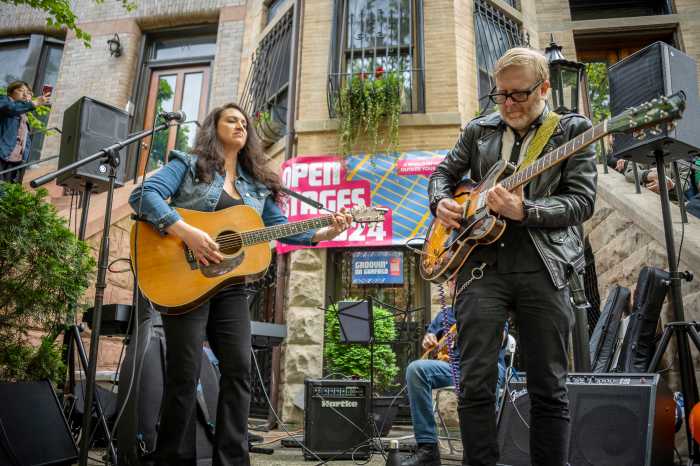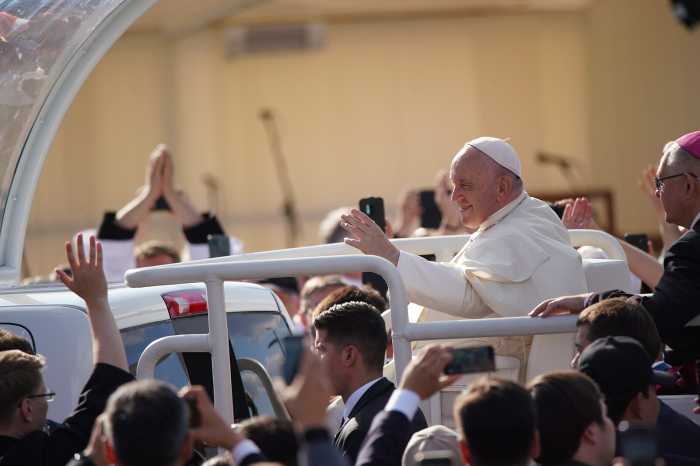New York’s aging infrastructure needs billions of dollars to be in a state of good repair, but experts Wednesday said new streams of revenue must be devised to fill the hole left by Washington.
At a panel hosted by the Association for a Better New York, “Gridlock” Sam Schwartz, who described himself as a “ghost of infrastructure past,” warned that the serious conditions he saw as a city transportation commissioner during the 1970s and 80s could return. Under Schwartz’s time leading the Department of Transportation, the Williamsburg Bridge closed, cables snapped on the Brooklyn Bridge and part of the West Side Highway collapsed, as did part of the FDR Drive.
“I’d like to tell you those days are behind us,” Schwartz said. “We can very well have those problems tomorrow on one of our structures.”
Since those decades, investment was made on city bridges, putting them in much better shape. But the new DOT commissioner, Polly Trottenberg, noted that there were “enormous federal contributions and enormous federal funds were brought to bear.”
Now, the federal share of investments in bridges and transit, she said, “has basically flatlined if not declined. Likewise, city and state coffers aren’t flowing either.”
The panel discussion was related to a recent report by the Center for an Urban Future that outlined the city’s infrastructure vulnerabilities.
Chris Ward, the former Port Authority director now an executive with Dragados, stressed the need to get new revenue, proposing a user fee on flyers that drive to LaGuardia Airport to improve facilities or creating a “franchise” districts for companies to compete on truck delivery.
“We’ve run out of the ideas that fueled this region before,” Ward said.
Denise Richardson of the General Contractors Association of New York said there needs to be greater public support for higher infrastructure spending in Washington, plus an increase in the gas tax.
But Schwartz said a gas tax hike is unlikely and that localities need to figure out their funding problems. He pushed his Move NY plan that adds tolls to East River bridges and charges for taxi trips inside Manhattan’s central business district.
“Local areas have to solve their problems,” he said.
“New Yorkers, let’s figure it out for ourselves.”
